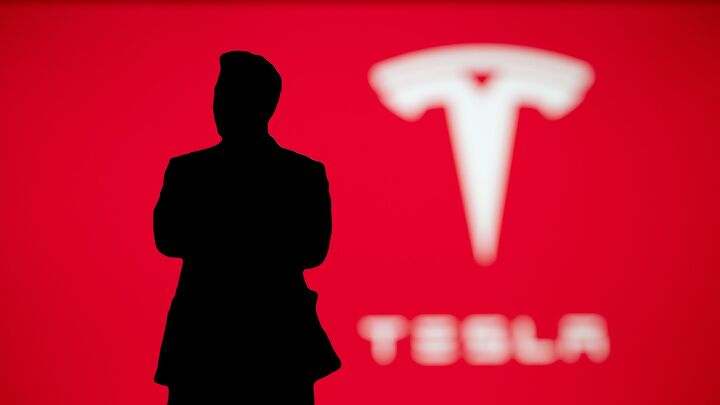Report: Tesla's Buying LiDAR Sensors After All

Most of the media and internet pundits have been zeroed in on Tesla’s layoffs and what they could mean for the automaker and industry at large, but there’s another reported change in its operations that could signal a significant shift in how its vehicles are built. After CEO Elon Musk’s poo-pooing of LiDAR technology, Tesla now appears to be buying the sensors and has become a primary customer of a major supplier.
Luminar Technologies recently reported that Tesla was its largest LiDAR customer in the first quarter of 2024, with the automaker accounting for more than ten percent of its revenues during the first three months of the year. The technology uses lasers to build a picture of a vehicle’s surroundings, but Tesla has moved to camera/vision-based tech in its most recent builds.
While neither is perfect, the general consensus is that a combination of sensors, including camera, LiDAR, and other tech, is the best path forward. LiDAR is significantly more expensive than cameras alone, likely driving Tesla’s decision to cut it from production.
Reports of this move come as Tesla faces increased regulatory scrutiny for its driver assistance features, though much of its troubles come from how it monitors drivers’ behavior rather than external sensor functionality. It’s more likely that the automaker will employ LiDAR in its upcoming Robotaxi initiative, which is expected to be revealed in August.
Tesla would be well-served to consider employing LiDAR sensors in its consumer vehicles as well. Volvo will roll out the first Luminar sensors in the upcoming XC90, and criticisms of how vehicles read the world around them will only become more intense as time goes on. The automaker could use a win, and anything that helps convince regulators that it's focused on safety would be helpful to its cause.
[Image: kovop via Shutterstock]
Become a TTAC insider. Get the latest news, features, TTAC takes, and everything else that gets to the truth about cars first by subscribing to our newsletter.

Chris grew up in, under, and around cars, but took the long way around to becoming an automotive writer. After a career in technology consulting and a trip through business school, Chris began writing about the automotive industry as a way to reconnect with his passion and get behind the wheel of a new car every week. He focuses on taking complex industry stories and making them digestible by any reader. Just don’t expect him to stay away from high-mileage Porsches.
More by Chris Teague
Latest Car Reviews
Read moreLatest Product Reviews
Read moreRecent Comments
- Wjtinfwb Not proud of what Stellantis is rolling out?
- Wjtinfwb Absolutely. But not incredibly high-tech, AWD, mega performance sedans with amazing styling and outrageous price tags. GM needs a new Impala and LeSabre. 6 passenger, comfortable, conservative, dead nuts reliable and inexpensive enough for a family guy making 70k a year or less to be able to afford. Ford should bring back the Fusion, modernized, maybe a bit bigger and give us that Hybrid option again. An updated Taurus, harkening back to the Gen 1 and updated version that easily hold 6, offer a huge trunk, elevated handling and ride and modest power that offers great fuel economy. Like the GM have a version that a working mom can afford. The last decade car makers have focused on building cars that American's want, but eliminated what they need. When a Ford Escape of Chevy Blazer can be optioned up to 50k, you've lost the plot.
- Willie If both nations were actually free market economies I would be totally opposed. The US is closer to being one, but China does a lot to prop up the sectors they want to dominate allowing them to sell WAY below cost, functionally dumping their goods in our market to destroy competition. I have seen this in my area recently with shrimp farmed by Chinese comglomerates being sold super cheap to push local producers (who have to live at US prices and obey US laws) out of business.China also has VERY lax safety and environmental laws which reduce costs greatly. It isn't an equal playing field, they don't play fair.
- Willie ~300,000 Camrys and ~200,000 Accords say there is still a market. My wife has a Camry and we have no desire for a payment on something that has worse fuel economy.
- Kjhkjlhkjhkljh kljhjkhjklhkjh NOBODY BUYS THEM SO NO


































Comments
Join the conversation
More or less an admission that the radar-only cars will never do anything that could reasonably be marketed as "Full Self-Driving."
I have always wondered if the poor ability of Tesla cars in detecting children was due to their using camera only systems. Optical geometry explains that a child half the height of an adult seems to have the same height as that same adult standing twice as far away from the viewer.